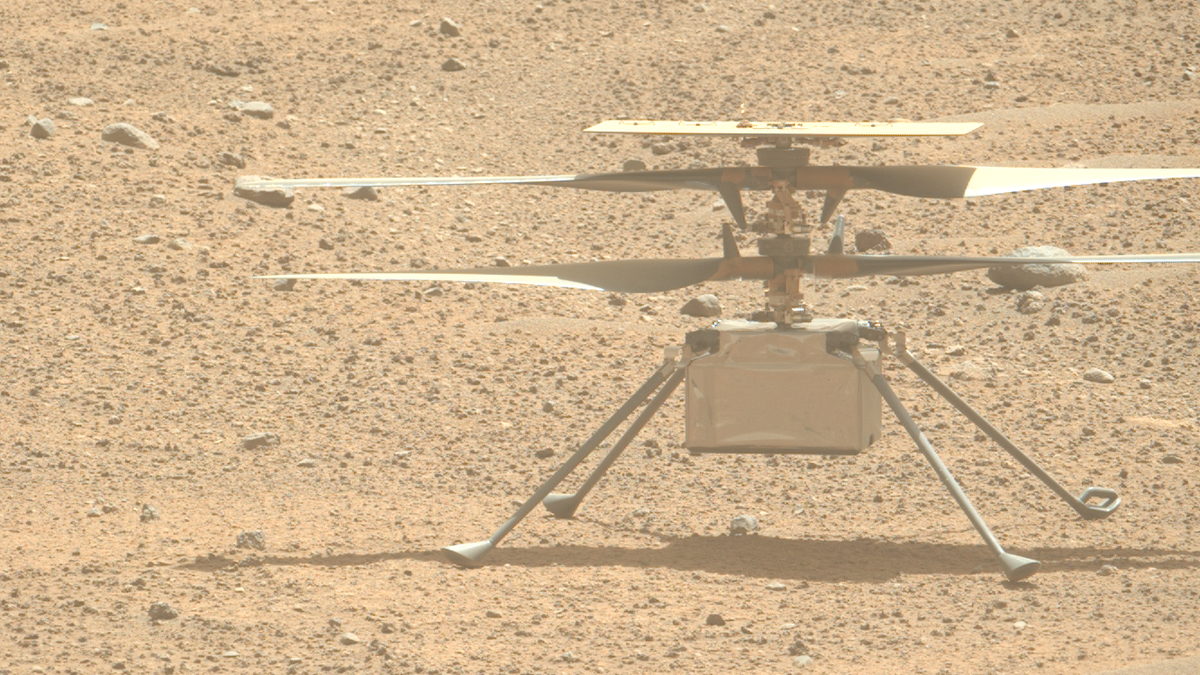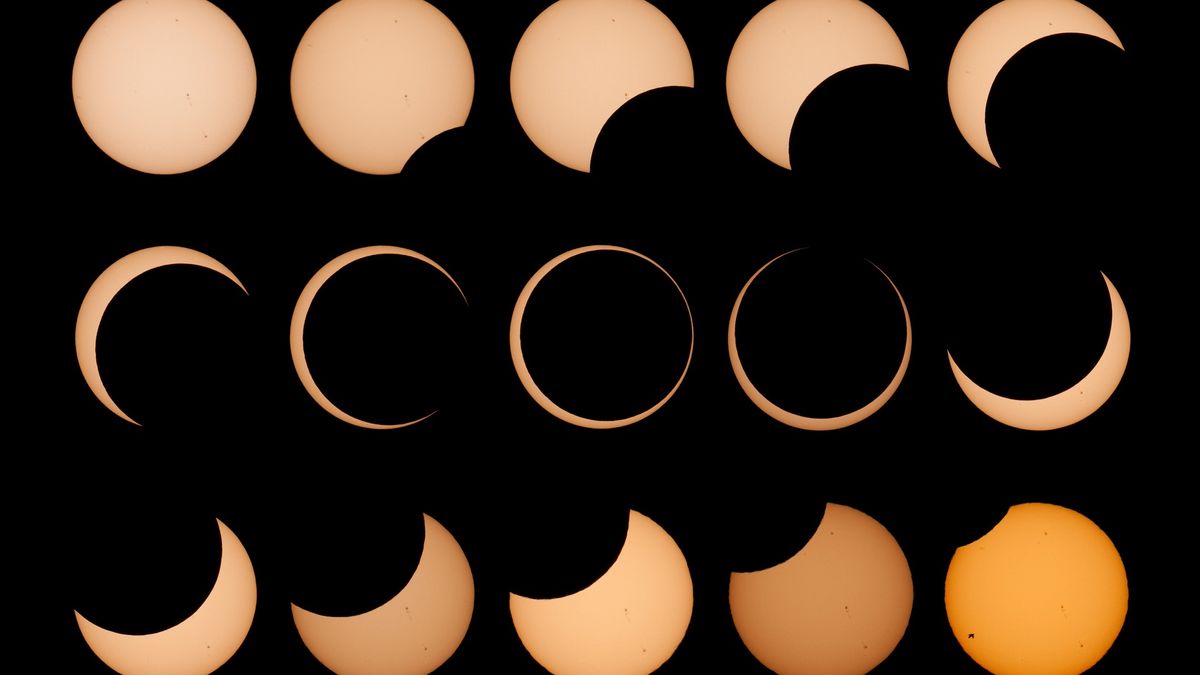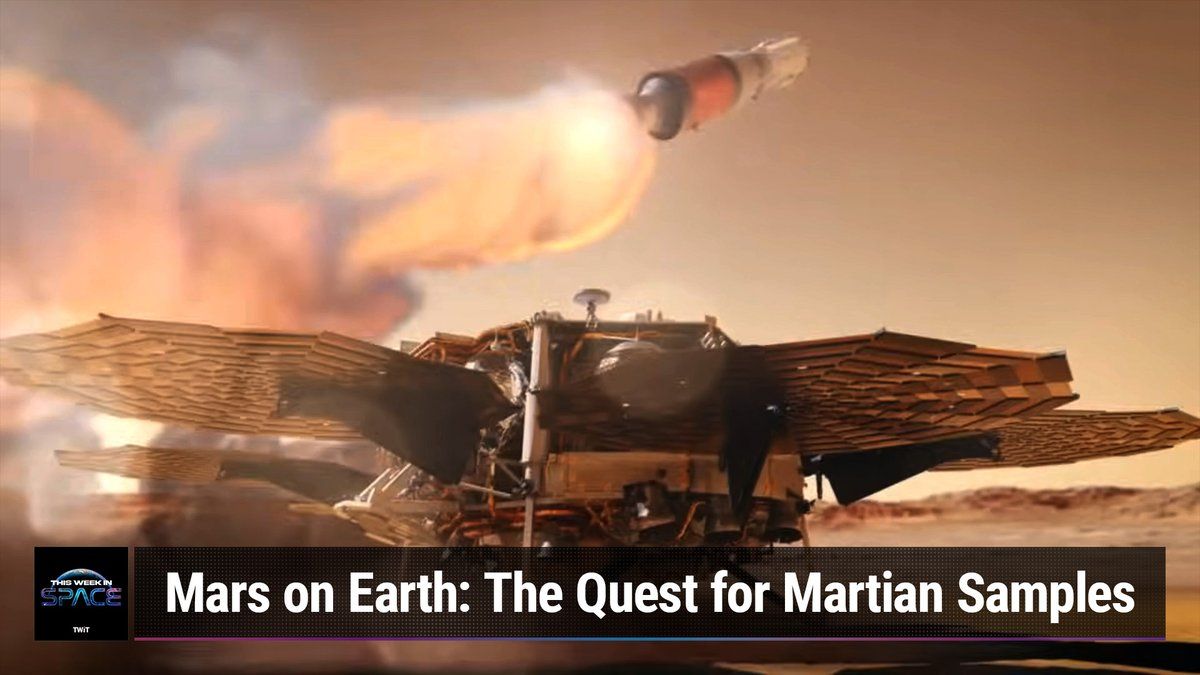MAGGIE: Mars Aerial and Ground Intelligent Explorer
A cutting-edge video has been released showcasing a vision of a robotic, 18-propellor flying vehicle that could potentially explore Mars in the future. Named MAGGIE (Mars Aerial and Ground Intelligent Explorer), this innovative concept was selected for phase 1 development by NASA’s Innovative Advanced Concepts (NIAC) program in January.
Conceived by a team from the Jet Propulsion Laboratory, Purdue University, and CoFlow Jet, MAGGIE’s journey to Mars is depicted in the animation. It launches aboard a rocket, making an eight-month journey to the red planet. Upon arrival, it descends through the thin Martian atmosphere using a protective heat shield and parachute. A rocket-powered sky crane, similar to those that delivered the Curiosity and Perseverance rovers, completes the landing process.
Impressive Capabilities
MAGGIE is designed to reach speeds of Mach 0.25 on a fully charged battery. In Mars’ unique atmosphere, where the speed of sound is slower than on Earth, this translates to around 210 kph (130 mph) at an altitude of 1 kilometer (0.6 miles). Equipped with solar panels for energy generation, MAGGIE has a projected range of 16,048 km (9,972 miles) over a Martian year.
Powered by CoFlow Jet’s patented technology, which enhances lift and reduces drag through innovative air compressor mechanisms, MAGGIE’s propellers and CoFlow Jets will face challenges in Mars’ thin atmosphere. With a surface pressure of only 6.25 millibars compared to Earth’s 1,013 millibars at sea level, MAGGIE’s functional capabilities will be put to the test.
Phase 1 Development
The phase 1 study aims to explore how MAGGIE can effectively operate in Mars’ atmospheric conditions. Subsequent phases will focus on mission parameters, scientific objectives such as investigating Mars’ magnetism, internal dynamo remnants, and methane plumes, along with exquisite views of the Martian landscape.
As MAGGIE progresses through the development phases, it joins the ranks of other innovative NIAC-funded projects, showcasing the potential for groundbreaking advancements in space exploration. With a multitude of projects in the pipeline, including missions to Venus, radio telescopes, and spacecraft destined for Proxima Centauri, the future of space exploration looks promising.
Image/Photo credit: source url





